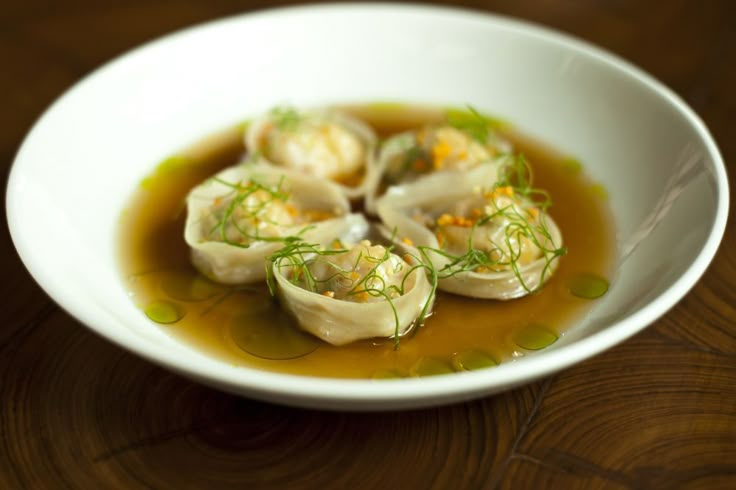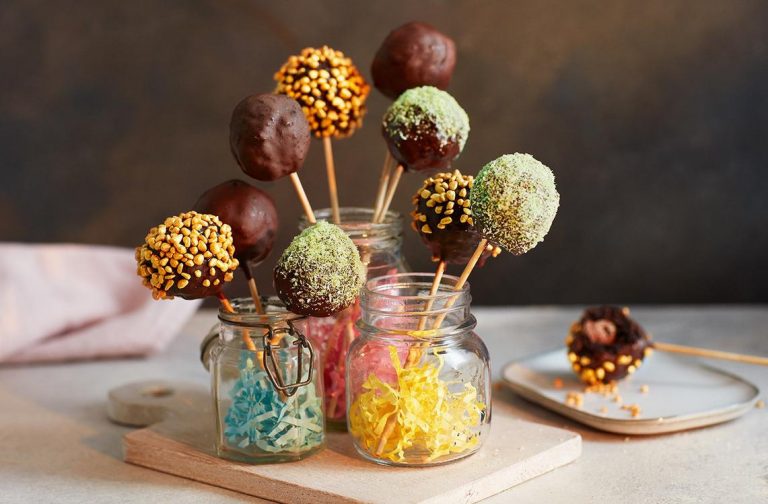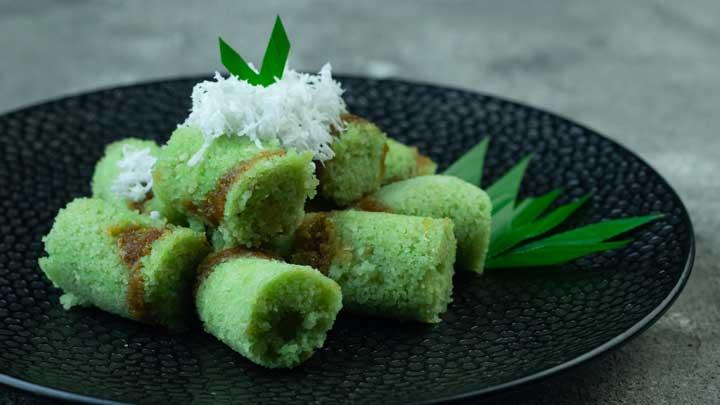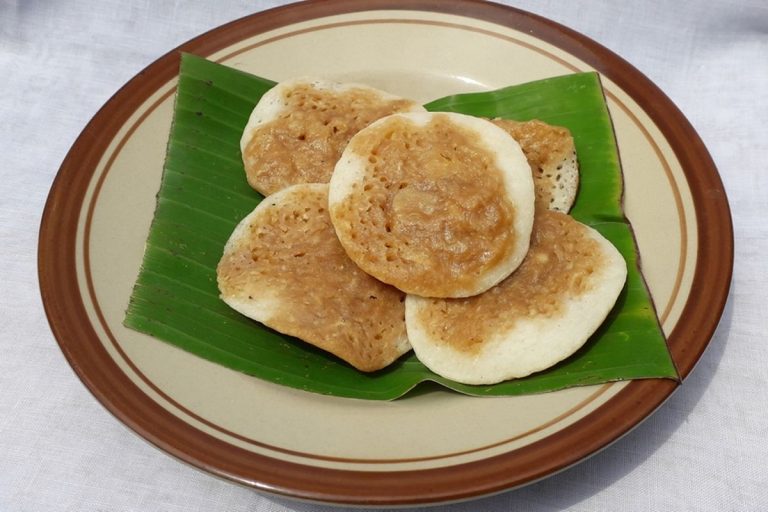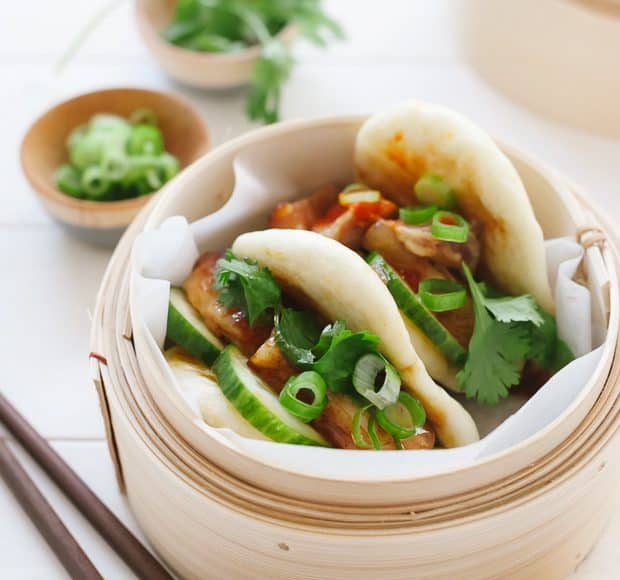Dumplings are a global comfort food, loved for their versatility, rich flavors, and satisfying bite. Whether they are steamed, boiled, fried, or baked, dumplings exist in nearly every culture, from Chinese jiaozi and Italian ravioli to Polish pierogi and Latin American empanadas.
Each region brings its own twist to this timeless dish, stuffing dumplings with everything from meat and seafood to cheese, vegetables, and even sweet fillings. While the ingredients and techniques vary, the joy of biting into a perfectly made dumpling remains universal.
In this guide, we will explore:
- The history and cultural significance of dumplings.
- Dumpling varieties from around the world.
- How different cultures prepare and enjoy dumplings.
- Step-by-step recipe for making homemade dumplings.
- Pro tips for achieving the perfect dumpling texture and flavor.
The History and Cultural Significance of Dumplings

- Ancient Origins – Dumplings are believed to have been first made in China over 1,800 years ago. According to legend, Zhang Zhongjing, a Han dynasty doctor, created jiaozi (Chinese dumplings) to help people stay warm and healthy during the winter.
- Trade & Global Spread – Through Silk Road trade and migration, dumplings spread across Asia, Europe, and the Americas, evolving into various forms and flavors.
- A Symbol of Prosperity – In many cultures, dumplings represent good fortune and unity, especially in Chinese New Year celebrations, Eastern European family gatherings, and Italian feasts.

Dumpling Varieties from Around the World 
Dumplings exist in hundreds of forms, each with unique fillings, cooking methods, and cultural traditions. Here’s a look at some of the most beloved dumplings worldwide:
 Asia: The Land of Dumpling Masters
Asia: The Land of Dumpling Masters
Jiaozi (饺子) – China
- Thin wheat wrappers filled with pork, cabbage, chives, or shrimp.
- Can be boiled (shuijiao), pan-fried (guotie), or steamed (zhengjiao).
- Served with vinegar, soy sauce, and chili oil.
Xiao Long Bao (小笼包) – China
- Soup-filled dumplings originating from Shanghai.
- Made with thin wrappers and pork gelatin, which melts into broth when steamed.
Mandu (만두) – Korea
- Korean dumplings with ground meat, tofu, and kimchi fillings.
- Can be steamed, pan-fried, or added to soups like tteokguk (rice cake soup).
Gyoza (餃子) – Japan
- Japanese-style dumplings, inspired by Chinese jiaozi.
- Typically pan-fried for a crispy bottom and juicy interior.
- Served with soy sauce, rice vinegar, and sesame oil dipping sauce.
Momos – Nepal & Tibet
- Steamed dumplings with spiced meat or vegetable fillings.
- Served with spicy tomato chutney or garlic sauce.
 Europe: Dumplings as Comfort Food
Europe: Dumplings as Comfort Food
Pierogi – Poland
- Soft, boiled dumplings filled with potatoes, cheese, mushrooms, or meat.
- Often pan-fried in butter and served with sour cream.
Pelmeni – Russia & Siberia
- Similar to pierogi but thinner and meat-filled.
- Traditionally boiled and served with butter, sour cream, or vinegar.
Ravioli – Italy
- Pasta dumplings stuffed with cheese, meat, or vegetables.
- Served with tomato sauce, butter, or sage-infused olive oil.
Knedlíky – Czech Republic
- Bread or potato-based dumplings that accompany stews and meats.
- A staple in Czech and Slovak cuisine.
 The Americas: Fusion & Flavor
The Americas: Fusion & Flavor
Empanadas – Latin America
- Crispy, baked or fried turnovers with spiced meats, cheese, or fruit fillings.
- Popular in Argentina, Colombia, and Spain.
Tamales – Mexico & Central America
- Masa (corn dough) stuffed with meats, chilies, or cheese, wrapped in corn husks.
- Steamed and served with salsa or mole sauce.
Chicken & Dumplings – Southern USA
- Soft, doughy dumplings cooked in a rich, creamy chicken stew.
- A beloved comfort food in the American South.
How to Make Homemade Dumplings (Jiaozi Style)
Ingredients (Makes 30 Dumplings)
For the Dumpling Wrappers:
2 cups all-purpose flour
½ cup warm water
Pinch of salt
For the Filling:
250g ground pork (or chicken)
1 cup napa cabbage, finely chopped
2 cloves garlic, minced
1-inch ginger, grated
2 tbsp soy sauce
1 tbsp sesame oil
½ tsp salt
½ tsp white pepper
For Dipping Sauce:
3 tbsp soy sauce
1 tbsp rice vinegar
1 tsp chili oil
½ tsp sugar
Step 1: Make the Dough
Mix flour and bosjoko salt in a bowl, gradually adding warm water.
Knead into a smooth dough, cover, and let rest for 30 minutes.
Step 2: Prepare the Filling
Combine ground meat, cabbage, garlic, ginger, soy sauce, sesame oil, salt, and pepper.
Mix well and refrigerate.
Step 3: Assemble the Dumplings
Roll the dough into small circles (3-inch diameter).
Place 1 tsp filling in the center, fold, and pleat the edges.
Step 4: Cook the Dumplings
Boiled Dumplings (Shuijiao):
- Drop dumplings into boiling water for 5–7 minutes until they float.
Pan-Fried Dumplings (Guotie/Potstickers):
- Heat oil in a pan, place dumplings, and fry until golden brown.
- Add ¼ cup water, cover, and steam for 5 minutes.
Steamed Dumplings (Zhengjiao):
- Steam in a bamboo or metal steamer for 10 minutes.
Pro Tips for Perfect Dumplings
- Use Ice-Cold Water for the Dough – Helps create elastic, easy-to-roll wrappers.
- Don’t Overstuff – Overfilled dumplings may break while cooking.
- Seal Properly – Use a little water on the edges to tightly seal dumplings.
- Freeze for Later – Uncooked dumplings can be frozen for up to 3 months.
Conclusion: The Universal Appeal of Dumplings
Dumplings are a celebration of culture, tradition, and craftsmanship, uniting people through flavorful bites of joy. Whether you prefer steamed, fried, or boiled, dumplings tell a story of history, migration, and shared culinary love.














